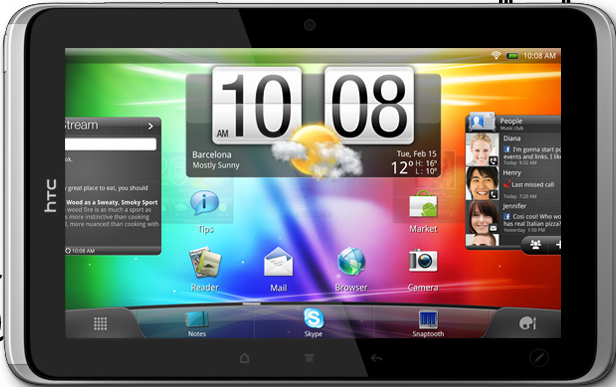Apple iOS is tightly closed, Android is mostly open


Google likes to state that modders are free to do what they want with Android, it is a user's system after all. That refers to the base Android OS, though, not the fancy bits (Google apps) that make Android a solid platform. Not that long ago Google put the hammer down on Android modders who were including Google apps in custom ROMs being distributed on the web. Those are proprietary apps and not open source like Android proper. The Google apps may be free, but they're not freely distributable.
In the early days of Android phones there were Google branded handsets, and those that weren't. The branded ones shipped with all of the Google apps installed, while the non-branded Google phones did not. That resulted in some Android phones handling Exchange email out of the box, and others that did not (non-branded phones). Google licenses Activesync technology from Microsoft to handle Exchange email, and that required Google branding to use by OEMs. Google was never clear about the terms for getting proper branding, but sources indicate it was a healthy chunk of change that OEMs had to pay Google to use the "free" Android platform. We don't see many non-branded handsets on the market currently, so perhaps this has changed.
The "openness" of Android has stimulated a healthy modding community that lets savvy owners change Android phones at will. Virtually every Android device released has mods produced, some even prior to release, that add features not included on the device as shipped by the OEM. Google is very hands-off with this community so it is thriving. The OEMs are not so tolerant of it, as is evidenced regularly with some handsets.
HTC has largely ignored the modding community and let its handsets get altered by the relatively few owners that desire to do so. That changed with the release of the T-Mobile G2 last year, as that handset included safeguards to prevent permanent alterations. It was never clear if HTC or T-Mobile was behind the restrictive safeguards (each pointed fingers at the other), but it was the first (and only) HTC Android device to include such technology.
Motorola has always taken a dim view of "modding" its Android phones, and has taken active steps to prevent it from happening. The Droid X was released with eFuse technology, hardware that shuts down the device (bricks it) when it detects the system software as shipped has been altered by the owner. Motorola was quick to respond to the outcry that erupted when this technology became public knowledge, and stated it would never use it to permanently disable phones that had been modded. It would, however, disable the phone until the mods had been removed and the phone returned to its officially released state. Not as open a platform as some might think.
Those familiar with both iOS and Android acknowledge that the latter is far more open than the former, but it's not completely open and not even uniformly so across the various Android devices. While owners of Android gadgets can mod them for the most part, it immediately voids the device warranty with the carrier and OEM. Even evidence of customization can be enough of an excuse to void the warranty, so it's not something everyone is comfortable undertaking. It also usually disables updates rolled out OTA by the OEM for upgrading the device, so modding the Android device should be done with full understanding of the implications of doing so.
I am happily using my Android phone with a custom ROM, and have been for quite some time. But I know what I am giving up doing so, and the risks I have willfully taken by doing it. The platform is open enough to allow me to do the customization, which I like, but not open enough to be tolerant should I run into problems and need help from the producers of the hardware.